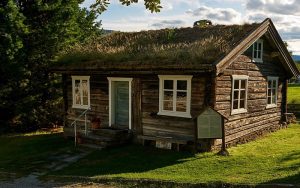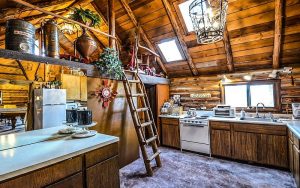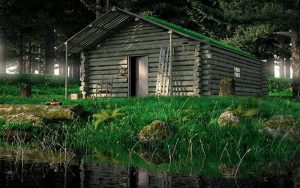Building a log cabin for sustainable living
Log cabins (also called Swedish houses) are built in the block construction, in which the walls consist of superimposed, raw or processed tree trunks. This construction technique is an excellent alternative to stone-on-stone construction. The block construction is one of the oldest, most traditional construction methods and is currently undergoing a renaissance because houses in block construction are built quickly and have their very own character.
 |
 |
 |
That’s why log cabins are so popular again.
The most significant advantage of log houses is their fast construction. The log cabin also offers an excellent living climate, because wood with its filter properties absorbs various poisons and even unpleasant odors from the air.
Also, the risk of Staubaufwirbelung or mold is very low, which significantly improves comfort, especially for allergy sufferers. Wood as a natural building material has excellent insulation properties and enables energy-efficient living.
 Construction of log cabins
Construction of log cabins
Sweden houses are made of round or planed wooden beams, which are stacked on top of each other. The protruding beams are clamped together at the corners – this is called a dovetail joint. The traditional roofing of the log cabins are clay tiles, but other materials are also conceivable.
Good to know: The natural reduction process of a wooden house lasts up to 5 years. Usually, the beam portion drops by about 3-4% per meter, which you should consider when planning windows and doors.
 Find suitable wood species.
Find suitable wood species.
When selecting the wood for your log home, you should consider the weather resistance, the wood color, the darkening, the grain, the origin of the forest and the investment costs.
In the construction of log cabins, coniferous wood and especially pine wood are the most commonly used, with spruce, fir, Douglas fir or larch being also suitable for log cabin construction.
Carefully plan interior fittings.
Contrary to appearances, houses made of tree trunks do not necessarily have to show wooden elements indoors. You can hide the chests under plasterboard and instead of a rustic decor conjure a modern look with wallpaper or colored walls.
On the other hand, you have no 100% freedom in interior design. The most important limitation imposed by log cabin construction technology relates to the interior work on the walls of the building. This is because the house works intensively for the first two years and consequently oscillates. When designing the interior, you must, therefore, ensure a safe distance between the ceiling, walls, and furniture. The same applies to the staircase construction, which generally should not be firmly fixed in the ground.